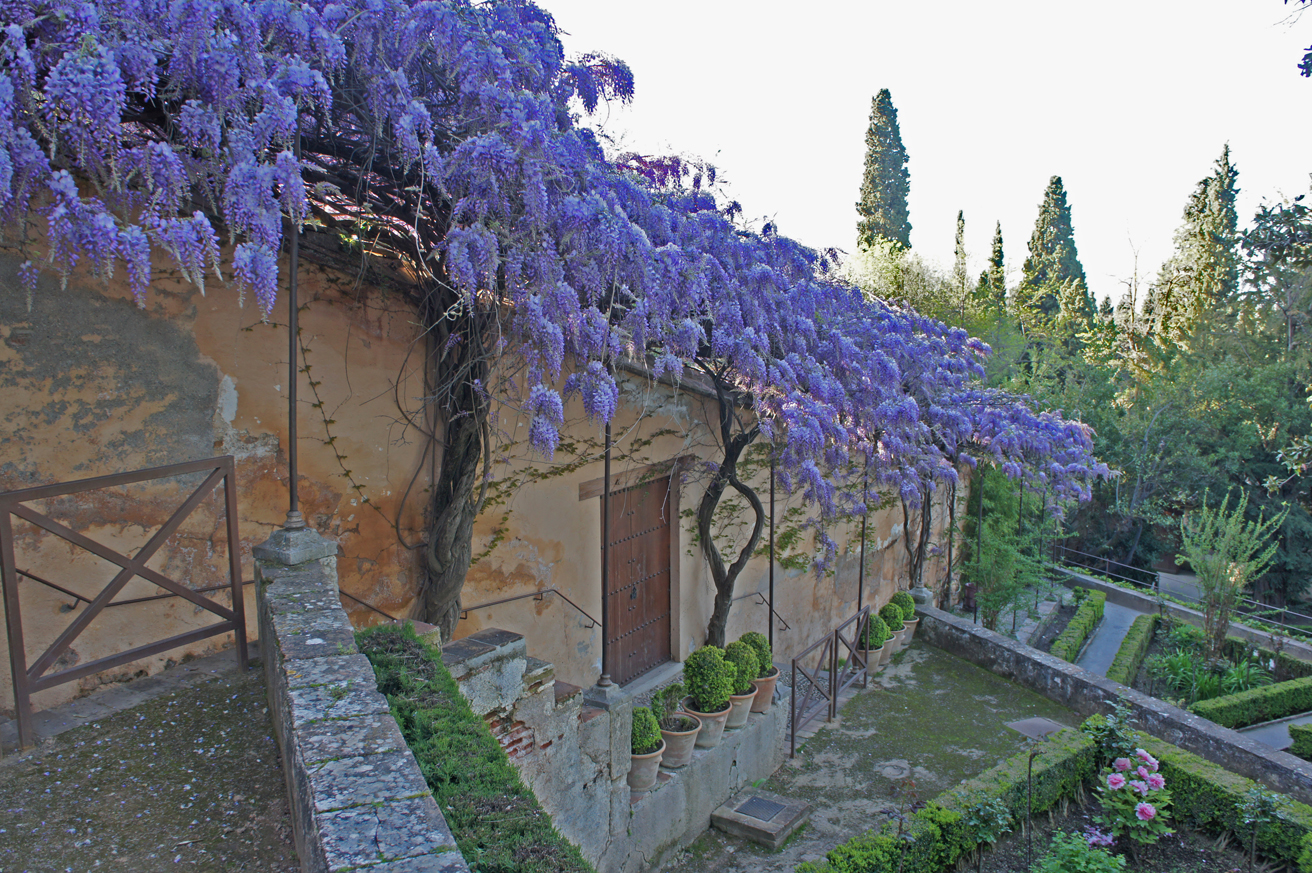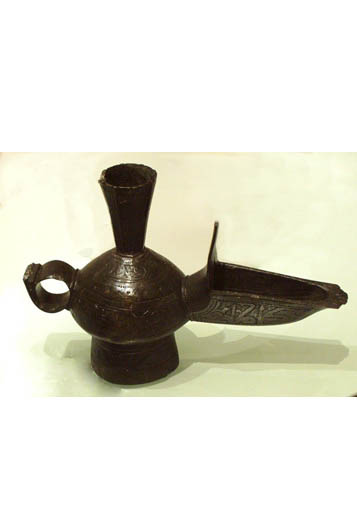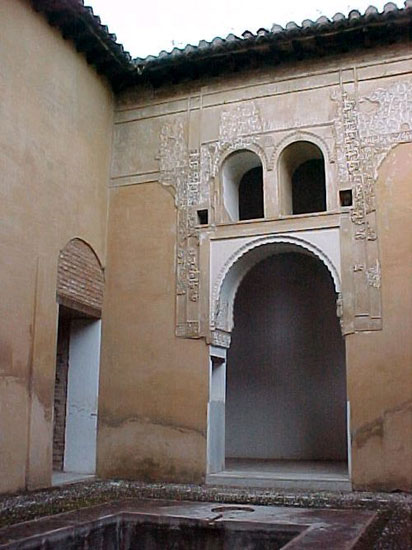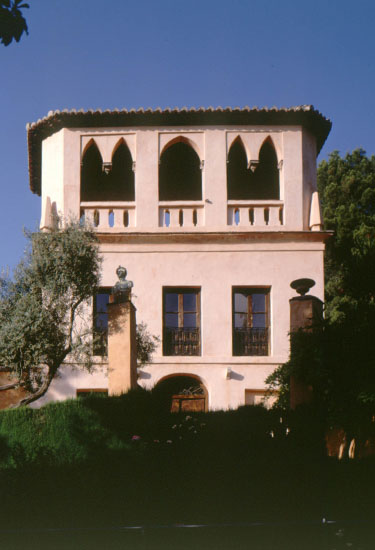Chinese wisteria

Wisteria sinensis (Sims) Sweet. (Chinese wisteria) is a kind of twining vine native to China, where it has probably been grown in gardens for thousands of years. It was introduced to Europe in 1816. Its generic name is in honour of Professor Caspar Wistar who visited China and Japan between 1761 and 1818, whilst its specific name “sinensis” refers to its country of origin. It is a vigorous plant which can reach a height of 20-30 metres on trees or supporting structures. This plant prefers moist soils and full sun exposure. Its flowers are white, violet or blue and hang in 15-20 cm long clusters. Flowers bloom fast and simultaneously just a few days before the leaves come out. In the Alhambra and Generalife, this spectacular flowering occurs in the second fortnight of April and in early May, a time when an intense sweet scent pervades our gardens. All parts of this plant contain a glycoside called wisterin, which is toxic if ingested and may cause nausea, vomiting and diarrhoea. Wisteria floribunda (Willd.) DC or Japanese wisteria has whitish and bigger clusters and can be found on the Pergolas in the Generalife.





 Contact
Contact




















